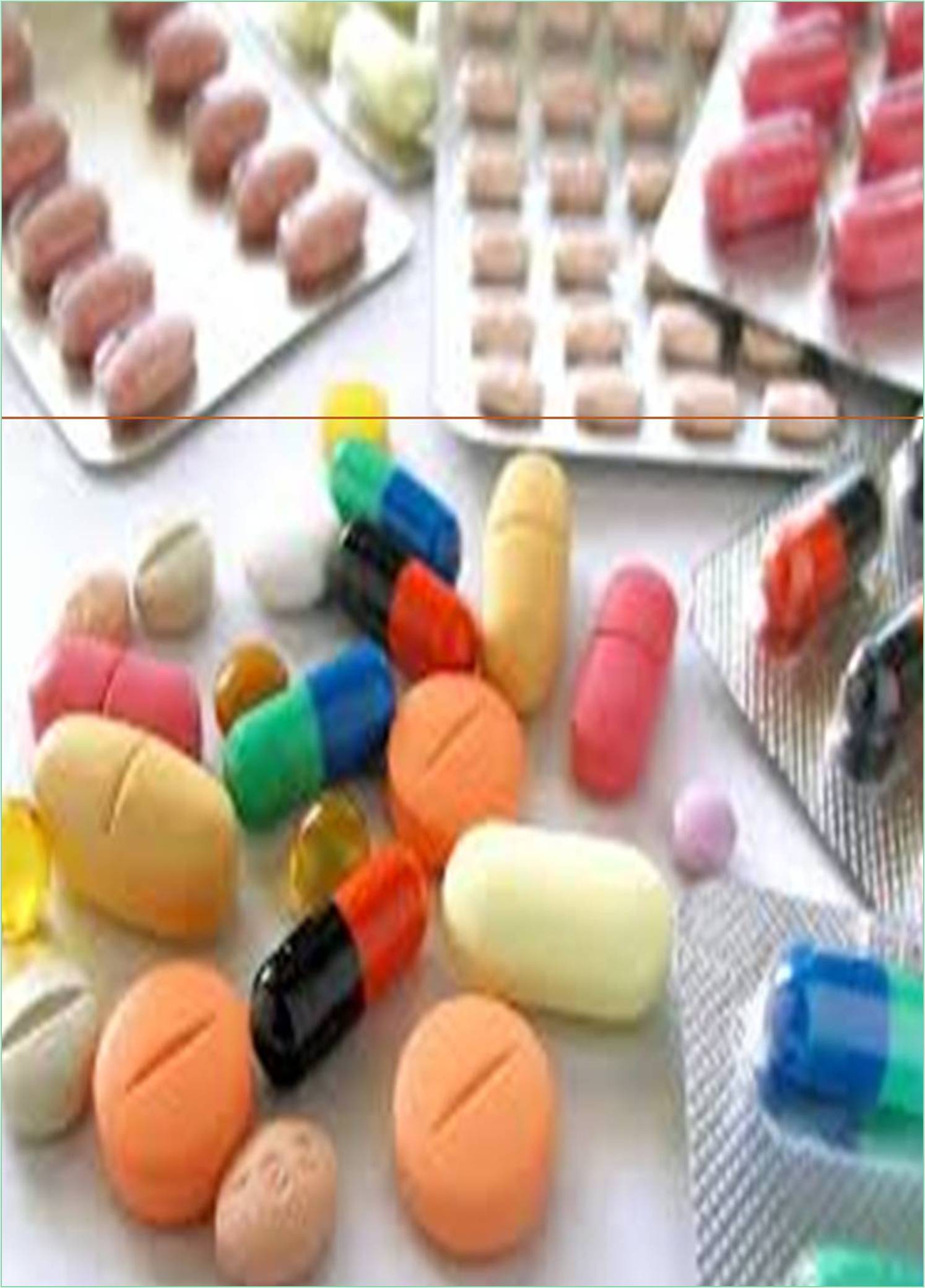



Received: 01-Apr-2022, Manuscript No. GJPP-22-63934; Editor assigned: 04-Apr-2022, Pre QC No. GJPP-22-63934 (PQ); Reviewed: 18-Apr-2022, QC No. GJPP-22-63934; Revised: 25-Apr-2022, Manuscript No. GJPP-22-63934 (R); Published: 02-May-2022, DOI: 10.37421/GJPP.22.10.010
The drug is released immediately via traditional dosage, resulting in oscillations in plasma drug levels. As a result, in order to reduce benefits, a unique drug delivery mechanism is required to keep drug concentrations within the therapeutically window. Many pharmaceuticals, such as peptides, proteins, antibodies, vaccines, and genebased drugs, cannot be given through traditional methods because they are prone to enzymatic breakdown, have low bioavailability, and penetrate poorly through the intestinal mucosa. Only injections are available for protein and peptide medicines. A Novel drug delivery system (NDDS) has been introduced and developed to address the aforementioned problems. NDDS is a unique strategy for delivering pharmaceutical chemicals in the body that combines innovative development, formulation, and novel methodologies to improve, control, and prolong pharmacological impact. It entails the creation of new, better, and safer medications with lengthy half-lives and high therapeutic indices.
The potency of these recently created drugs (limited therapeutic aperture) demanded their localization of the specific site of action. The majority of medications are given in immediate-release dose formulations. They circulate freely throughout the body, accumulating in unfavorable locations in non-specific organs, resulting in negative side effects. To limit these slides and maximize their therapeutic advantages, they must be transported to their intended site of action, which necessitates the use of appropriate carrier systems. For this goal, a number of new carriers have been designed. Micelles, a type of colloidal carrier that includes liposomes, nanoparticles, and supramolecular systems, have gotten a lot of attention in the field of controlled and targeted drug delivery. Inorganic particles, liquid crystals, aquasomes, carbon nanotubes, dendrimers, and other novel carriers have recently been studied for a particular use. These carriers for the same function are briefly discussed.
Liposomes
Liposomes are vesicles made up of phospholipid bilayers that are made up of many, few, or just one. The liposomal core's polarity allows polar medicinal molecules to be enclosed. According to their affinity for phospholipids, amphiphilic and lipophilic compounds are solubilized within the phospholipid bilayer. Niosomes are formed when nonionic surfactants replace phospholipids in the bilayer formation. Channel proteins can be inserted into the hydrophobic region of vesicle membranes without losing their activity, operating as a size-selective filter that only allows passive diffusion of tiny solutes such ions, nutrients, and antibiotics. Drugs encapsulated in a nanocage functionalized with channel proteins are therefore well shielded from proteolytic enzyme breakdown.
Nanoparticles
It encompassing nanospheres and nanocapsules with diameters of 10-200nm is solid particles that are either amorphous or crystalline. They can adsorb and/or encapsulate a medication, protecting it from enzymatic and chemical destruction. Biodegradable polymeric nanoparticles have gotten a lot of attention recently as potential drug delivery devices because of their applications in controlled drug release, targeting specific organs or tissues, carrying DNA in gene therapy, and delivering proteins, peptides, and genes via the perioral route.
Microparticles
It is effective delivery systems that encapsulate both water-insoluble and sparingly water-soluble agents to elicit efficacy. Their unique properties include particle size, shape, structure, drug loading, entrapment efficiency, porosity, and release profile, and they have a lot of potential.
Niosomes
It developed to deliver chemical treatments for diseases such as cancer, diabetes, and inflammation. The use of this formulation to boost oral bioavailability is one application of niosomes in delivering chemical medicines. Niosomes could be provided in a range of dosage forms, including powders, suspensions.
Protein and Peptide Drug Delivery Systems
It is Novel Drug Delivery Systems. The most numerous components of living cells are proteins and peptides. It can deliver to Enzymes, hormones, structural elements, and immunoglobulins, though an Albumin, Gelatin, and Collagen. Carbohydrate nanocarriers can help medications get into the brain more quickly. In the brain, carbohydrate polymers increase medication pharmacokinetics. Drug distribution is improved by surface -functionalized polymers containing endogenous molecules. Agarose, Carrageenan, Chitosan, and Starch are examples of surface-functionalized materials that can improve targeted distribution.
Current research is mostly focused on drug delivery targeting. Only a handful targeted formulations were able to reach the market after the concept of the magic bullet was introduced. The practical critical issues of biomolecule targeting are frequently brought to the forefront of attention by the discoveries in the fields of molecular biology, biotechnology, and phamacogenomics. Tumor-targeted drug/gene delivery will be the most in-dem and therapeutic need in the future.